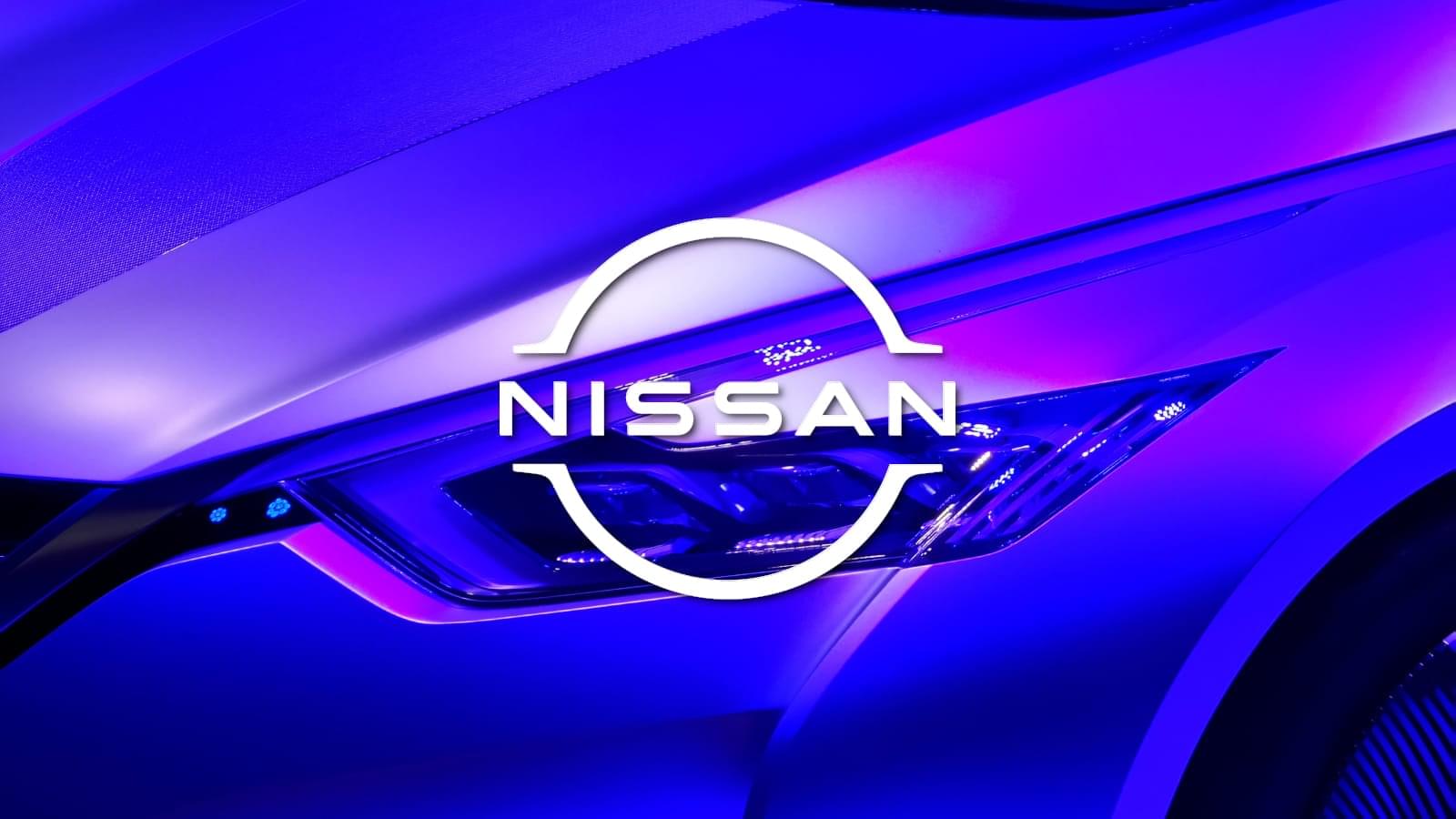By Chuck Brooks
Quantum Computing and the Dismantling of Cryptographic Foundations Quantum technology may be the most transformative long-term influence on the horizon. Although large-scale, fault-tolerant quantum computers may remain years from realization, their expected influence is already transforming cybersecurity strategies. As quantum technology advances, the risk of “harvest now, decrypt later” assaults suggests that today’s encrypted sensitive data could become vulnerable in the future.
From 2026 to 2030, enterprises will increasingly recognize that cryptographic agility is vital. The move to post-quantum cryptography standards means that old systems, especially those in critical infrastructure, financial services, and government networks, need to be fully inventoried, evaluated, and upgraded.









